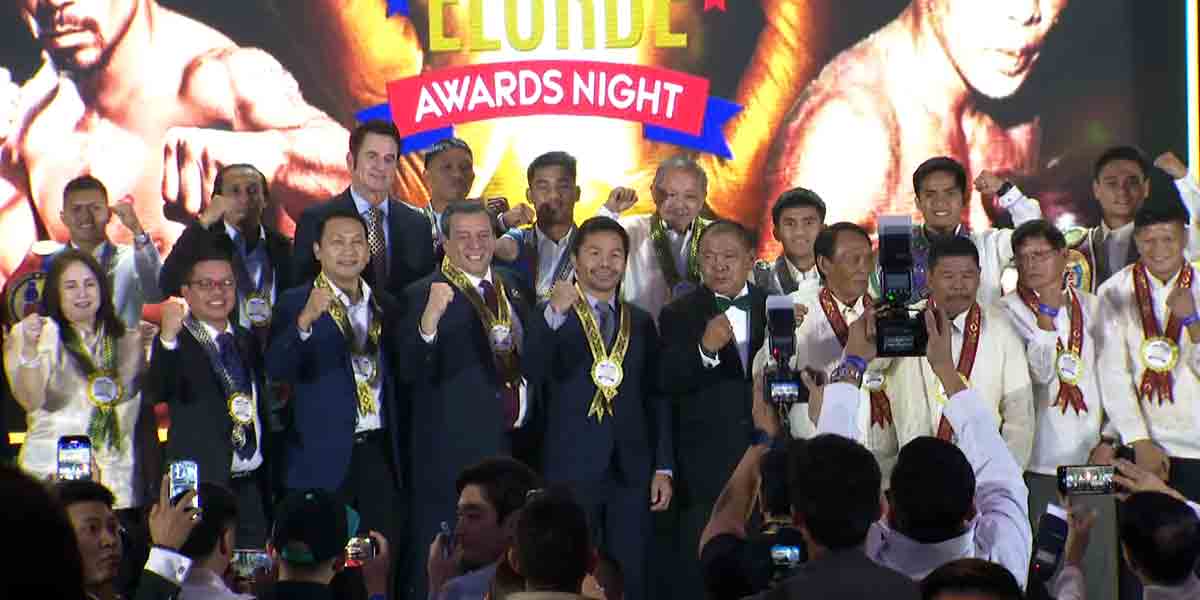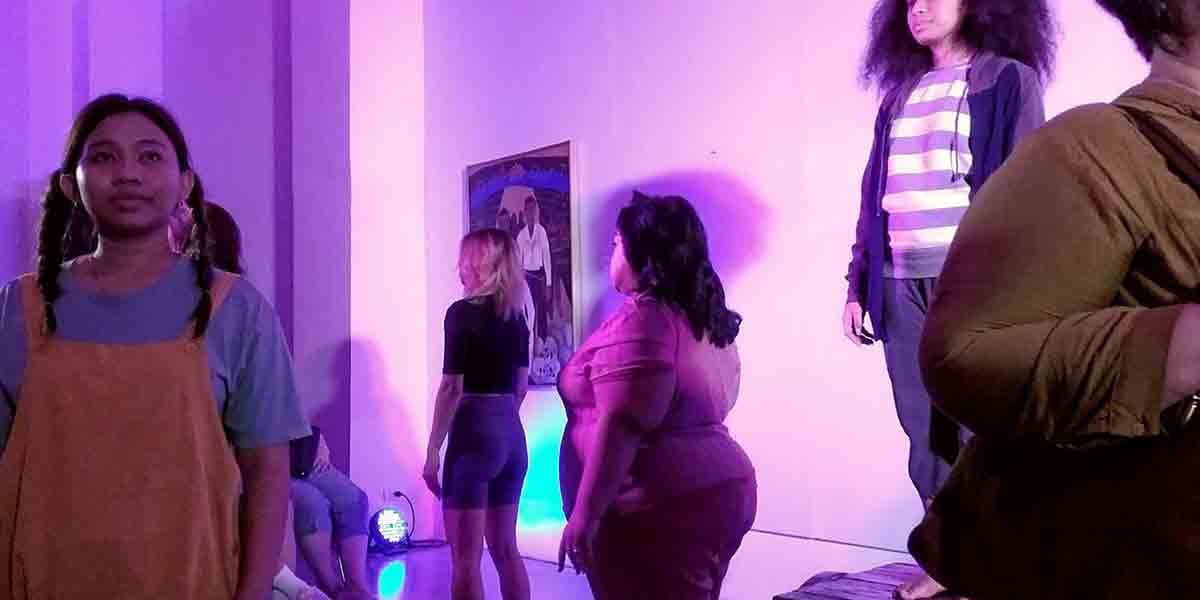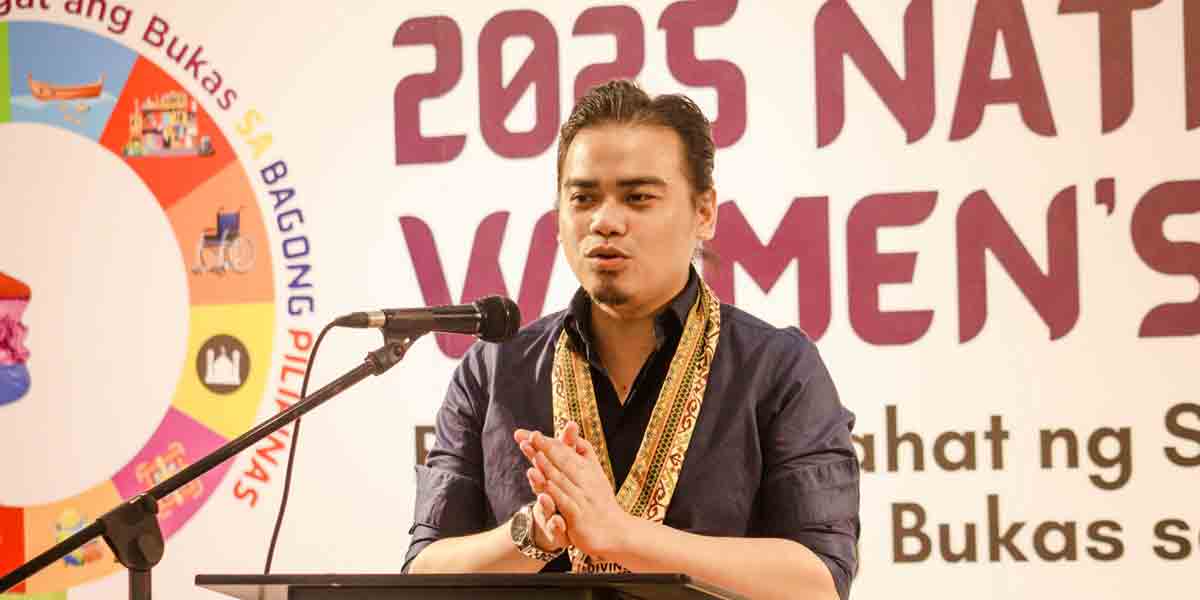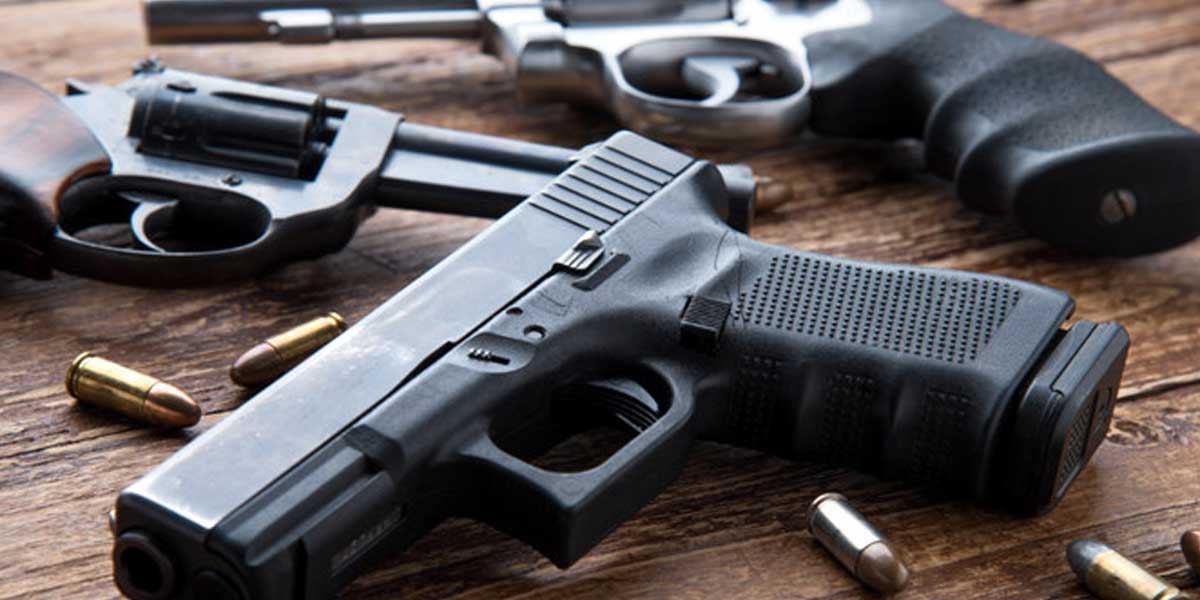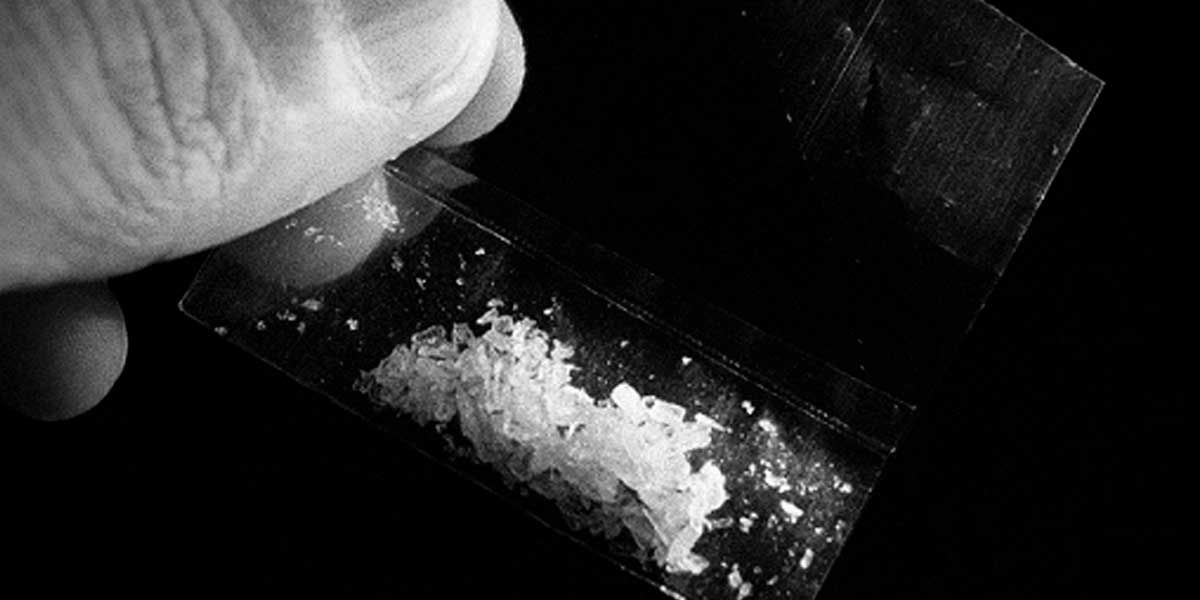Front-runners, cliff-hangers, or tail-enders, candidates for senator who come from political clans with deep pockets or rich backers have dominated the air war for votes. The top seven spenders have chalked up adspend valued at PhP2.28 billion, by the published rate cards of media. This is 60 percent of the total PhP3.77-billion adspend bill that 32 of the 62 candidates for senator had incurred in just the first 78 days of the campaign.
By: Karol Ilagan
Philippine Center for Investigative Journalism
WHILE election laws seeking to ensure equal opportunity among candidates are in place, much of the airtime and print-ad space in this years campaign still ended up getting dominated by the usual suspects: incumbents and members of political families who either have deep pockets or a slew of rich backers.
The amounts recorded by media-monitoring agency Nielsen as being spent on political ads from just 11 weeks of campaigning are staggering. In fact, if Nielsens data were to be used to audit candidates advertising expenditure, by the published rate cards of media agencies, at least seven senatorial candidates — one from the Otso Diretso slate of the Liberal Party and the rest from the administration-backed Hugpong ng Pagbabago — would already be in trouble with the Commission on Elections (Comelec) for apparent overspending.
Nielsen data show that returning Senate bet Manuel Mar Roxas II; incumbents Cynthia Villar, Juan Edgardo Sonny Angara, and Joseph Victor JV Ejercito; and first-time senatorial candidates Francis Tolentino, Imee Marcos, and Christopher Bong Go have acquired political ads that, before allowable discounts, are estimated to cost more than their individual expenditure limits.


Ground-war costs
But even if the 30- to 50-percent discounts allowed by election laws for TV ads were deducted from their adspend values, these seven candidates would still appear to be in danger zone: They had separately and together used up from 60 to 90 percent of their expenditure limits mostly on TV and radio ads alone.
With very little or no amounts left for them to spend, by law, it would be hard to explain how they could have financed other costly on-ground campaign expenses, including transportation to and from campaign sorties, the production and distribution of campaign tarpaulins and flyers, the meals and services of their campaign teams, among others.
The adspend values that PCIJ reviewed for this story cover only the political ads that the candidates had incurred, according to Nielsen medias monitoring, for the period from Feb. 12 to April 30, 2019 for TV and from Feb. 12 to March 31, 2019 for radio and print. This report focuses on the adspend values of the candidates for senator in the first 78 days or the 90-day official campaign period for national candidates.
To be sure, however, the last 12 days of the campaign this May have seen and will see even more pervasive TV advertising invariably by most of the 62 candidates for senator, whether front-runners, cliff-hangers, or tail-enders.
The official campaign period for the upcoming midterm elections began last February 12 and ended on May 11, 2019.

Caps in law
Current election laws allow candidates affiliated with a political party to each spend a maximum of PhP3 per registered voter in their respective constituency. Those not getting any help from a political party meanwhile are each allowed to spend up to PhP5 per registered vote. Political parties and party-list groups are each allowed a maximum of PhP5 per registered voter.
For the May 13, 2019 elections, the number of registered voters reached 63,665,923, including 1,822,173 Filipino voters overseas. This means that candidates with a political party may spend only up to PhP190.9 million each while independent candidates would have to stop spending once they each reach PhP318.3 million. The spending cap for political parties and party-list groups is also pegged at PhP318.3 million each.
Roxas (Liberal Party) tops the ad-spender list based on Nielsen data, with PhP463.4 million worth of ads placed on TV, radio, and print from February 12 to April 30, 2019 alone. This figure, which is more than double his limit, has yet to include other expenses typically incurred during the campaign.
Also apparently having a similarly thick wallet is re-electionist Cynthia Villar (Nacionalista Party) whose ad spending reached PhP400 million during the same period.
Roxas and Villar are among the countrys wealthiest politicians. As of her 2017 Statement of Assets, Liabilities, and Net Worth (SALN), the declared net worth of Villar wife of real-estate tycoon Manuel Villar — reached PhP3.6 billion. By comparison, Roxas declared a decidedly much lower net worth in the last SALN he filed that is in PCIJs records, which was in 2014: PhP202.1 million, or not even half of what he has spent so far on campaign ads. A member of the landed Araneta clan, Roxas has been out of public office since 2016. His last public post was as Secretary of the Interior and Local Government in the Aquino III administration.

Not rich but big spenders
Like Roxas, the rest of the campaign-ad big spenders have declared net worths that are far lower than their current spending on their campaign ads. For instance, Francis Tolentino (PDP-Laban), President Rodrigo Dutertes former point man for disaster response, has already incurred PhP333.1 million in ad spending, but has a net worth of only PhP69.4 million, based on his latest available SALN for 2017.
Re-electionist Sonny Angara (Laban ng Demokratikong Pilipino) meanwhile has PhP308 million worth of ad spending, but a net worth of P131 million only. Some of Angaras ads, however, were supposedly paid for by his party.
Next in line based on ad-spending values are re-electionist JV Ejercito with PhP295.6 million, Ilocos Norte Governor Imee Marcos with PhP266.4 million, and former Special Assistant to the President Bong Go with PhP213.8 million.
All three have net worths well below their ad spending; Go even declared only PhP12.8 million in his latest SALN, or just six percent of what he has forked out for ads during the official campaign period.
On their own
In theory, a senatorial candidate could have as much as PhP509.3 million should his or her political party decide to dedicate all its campaign funds solely for the candidates campaign. But a scan of Nielsens reports does not show many political parties spending for their individual candidates. Nearly all of the seven top ad spenders appear to have paid for their own ads as indicated in the end tags required for every ad aired or printed.
Comelec Resolution No. 10488 requires political advertisements to bear the words political advertisement paid for, followed by the true and correct name and address of the candidate or party for whose benefit the election propaganda was printed or aired, and the tag political advertisement paid by, followed by the true and correct name and address of the payor.
Nielsen data include a Version data field that shows the title of the ad aired or published and when available the paid for and paid by tags. Of the seven top ad spenders, however, only Angara had ads that were paid by his party. The ads of the rest were either paid for by the candidates themselves or had no tag that was identified by Nielsens monitoring staff.
It is also possible that some of these candidates received large donations, which they would then have to declare after the elections.
The combined ad spending of these seven candidates already makes up 60 percent or PhP2.28 billion of the total PhP3.77 billion worth of political ads by the published rate cards of media agencies since last February 12 for those aiming to become senator. This figure plus the ad bills of the rest of the top 15 big ad spenders amount to PhP3.42 billion, or 90 percent of the total advertising bought by senatorial wanna-bes for the period.

Top spenders, too
Aside from the seven, those who made it to the top 15 ad spenders are either incumbents like Jose Jinggoy Estrada, Paolo Benigno Bam Aquino IV, Grace Poe, Aquilino Koko Pimentel III, or those who had held a senate seat before, like Sergio Osmena III, Juan Ponce Enrile, Ramon Bong Revilla Jr., and Pia Cayetano.
Candidates high on the Nielsen list of adspenders include some senatorial hopefuls who had also poured in millions of pesos in pre-campaign ads.
From Jan. 1, 2018 to Feb. 11, 2019, 34 candidates were featured in pre-campaign ads worth a total of PhP3.08 billion. Bong Go, Mar Roxas, and Imee Marcos, for instance, appeared in ads worth PhP606.4 million, PhP590.4 million, and PhP461.8 million, respectively. PCIJ in a recent report found that those with the lowest net worth are among the biggest spenders on pre-campaign ads, raising questions on where these candidates got the money to pay for the ads.
Among the cellar dwellers in ad spending meanwhile are Rafael Alunan III (Bagumbayan Volunteers for a New Philippines), Neri Colmenares (Makabayang Koalisyon ng Mamamayan), Willie Ong (Lakas Christian Muslim Democrats), Romulo Macalintal (Independent), Lito Lapid (Nationalist Peoples Coalition), Rodrigo Jiggy Manicad Jr. (Independent), Jose Chel Diokno (Liberal Party), and Lorenzo Erin Tanada III (Liberal Party). Each has a total ad spend that has yet to breach PhP20 million. (See Table)
Nielsen did not record any individual advertisement for some candidates like Florin Pilo Hilbay and Samira Gutoc, both of LPs Otso Diretso.

Parties, TV programs
Among the parties, LPs Otso Diretso emerged as the top advertiser. It incurred more than PhP111 million in ad placements, with various advertisements featuring all its eight members, as well as some that focused only on either Chel Diokno or Gary Alejano.
Otso Diretso is followed by Cibac Party List (Citizens’ Battle Against Corruption), ACT-CIS Party List (Anti-Crime and Terrorism through Community Involvement and Support), and Ako Bicol Party List with PhP99.3 million, PhP76.4 million, and PhP74.1 million ad spends, respectively. A total of 36 parties bought ads during the campaign period worth PhP522.8 million all in all. (See Table)
By TV network, candidates and parties placed the most number of ads in the two media giants ABS-CBN 2 and GMA 7, whose tills rang up PhP2.2 billion and PhP1.5 billion, respectively.
FPJs Ang Probinsyano, 24 Oras, TV Patrol, and The Generals Daughter meanwhile are among the most popular programs for political ad spots. (See Table)
Nielsen data are based on published rate cards that may or may not reflect the actual amount paid by candidates and parties. This is because Republic Act No. 9006 or the Fair Elections Act requires media outlets to provide a discounted rate for election propaganda such as
political ads.

Discounts old, new
For ads published from Feb. 12 to April 5, the original discounts — 30 percent for TV, 20 percent for radio, and 10 percent for print should have been applied over the average rates during the first three quarters of the calendar year preceding the elections.
Beginning April 6, however, new discount rates took effect after amendments were made in a law that filed past the House of Representatives and the Senate in a rush from public hearings in July 2018 to ratification in February 2019. The bigger discount rates are under Republic Act No. 11207, which was signed into law by President Rodrigo R. Duterte only on Feb. 14, 2019.
Six weeks later, Comelec Resolution No. 10517 dated March 29, 2019 directed media outlets to provide a 50-percent discount on TV ads and 40 percent on radio ads. The discount for political ads in print was unchanged at 10 percent. Comelec has said that the discounts will be computed based on the average published rates of a media outlet in the last three years prior to the elections.
Another Comelec issuance, Resolution No. 10488, meanwhile imposed a cap on the duration of airtime that a candidate or party may use for political ads. Candidates and parties for a national elective position like senatorial bets and party-list groups may only use up to 120 minutes of TV advertising per channel and up to 180 minutes of radio advertising per station. (The airtime cap prior to the 2013 elections used to be aggregate by medium and not by channel.)
Airtime limits
As of April 30, 2019 for TV ads, and as of March 31 for radio ads, none of the candidates and party-list groups monitored by Nielsen has reached the limits prescribed for these mediums. Using up the maximum airtime would mean more spending. It could also run the risk of overspending.
For instance, consuming 180 minutes of political ads on ABS-CBN’s primetime show Ang Probinsyano would cost a total of PhP512.8 million. A 30-second ad placed in the popular action-drama series costs PhP1.42 million, according to Nielsen data.
In both TV and radio, Roxas again tops the lists, placing minutes across various channels and radio stations.
The published rate cards of media agencies are pegged on the timeslot and ratings of primetime and non-primetime programs. By industry practice, the higher a programs rating, advertisers will have to pay more for a 15-second, 30-second, and one-minute ad spot.
Prime, non-prime rates
Indeed, across the years, advertising rates for television has increased from three to 10 percent on average, year on year.
In 2013, an agency report disclosed that a 30-second ad on primetime on ABS-CBN reported cost PhP824,374; on GMA-7, PhP695,500; and on TV5, PhP444,000. Agency discounts are given, but typically to media houses and depending on the frequency or volume of their ad placements.
In August 2018, at the Senate hearing on the then proposed bigger discounts for political ads, the top two networks had disclosed ad rates that were much bigger than ever.
ABS-CBN revealed that its 30-second ad on non-primetime was already worth PhP900,000, and on primetime, PhP1.4 million. This reflected an increase of PhP575,626 from its primetime rate for 30-second ads in 2013, or just five years earlier.
For its part, GMA-7 told the Senate that its 30-second ad on non-primetime was worth PhP299,000, and on primetime, PhP500,000. Curiously, this reflects a reduction by PhP195,500 from its primetime rate for 30-second ads in 2013.
Media entities are required to submit a certification to Comelec through the Campaign Finance Office that discounted rates were applied in the political ads bought by candidates and parties.

A lot more expenses
Even if discounts are applied, though, the way the numbers look now point to spending that is very much on the high side because other expenses have yet to be included. Some of these are:
- Travel expenses of candidate and campaign personnel during the campaign and incidental personal expenses;
- Compensation of campaigners, clerks, stenographers, messengers, and other persons employed in the campaign;
- Telephone, mobile phone usage fees, prepaid phone load, Internet access, postages, freight and courier charges;
- Stationery, printing, and distribution of printed materials relative to candidacy;
- Employment of watchers at the polls;
- Rent, maintenance, and furnishing of campaign headquarters, office or place of meetings; and
- Political meetings and rallies, and the use of sound systems, lights, and decorations during meetings and rallies.
All these would have to be accounted for in the Statement of Election Contribution and Expenditures (SOCE) that all candidates are required to submit receipts of goods and services they provided during the campaign period. With infographics by Vino Lucero, PCIJ, May 2019













